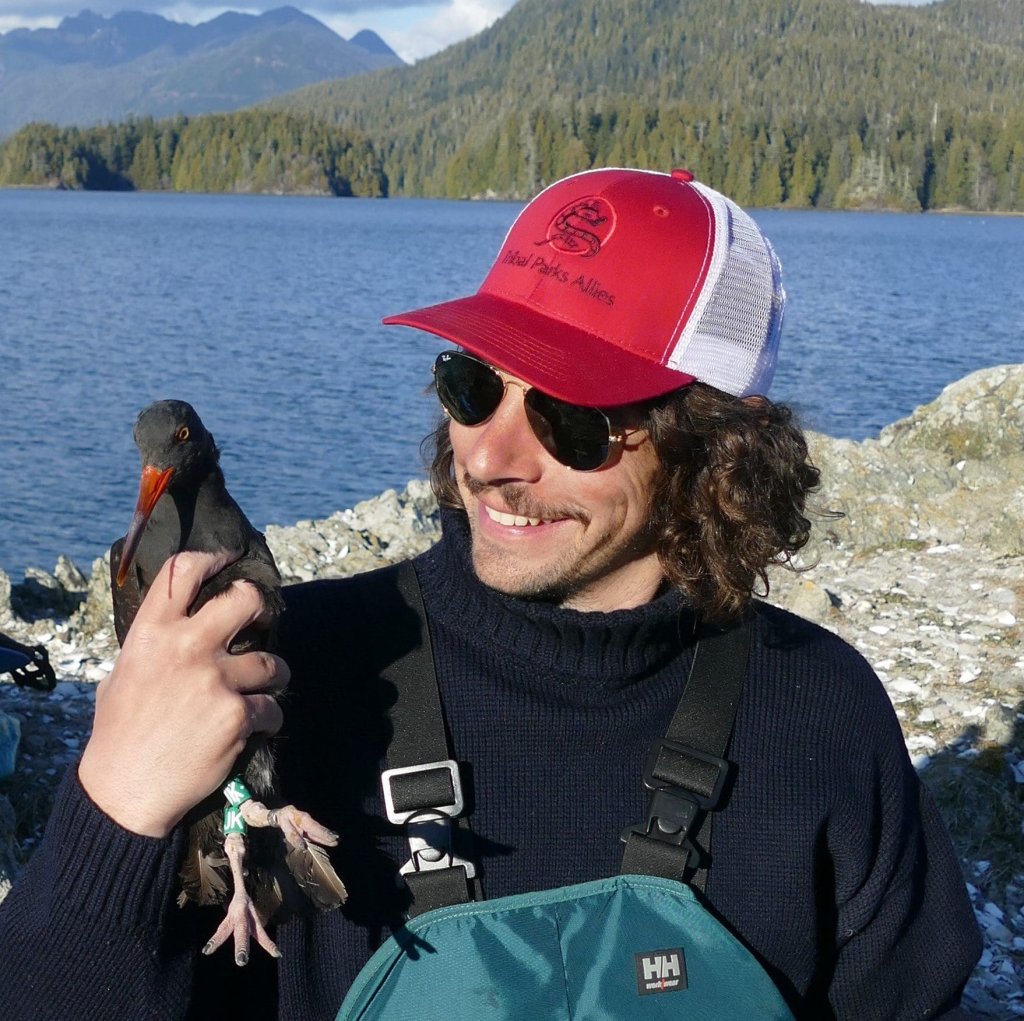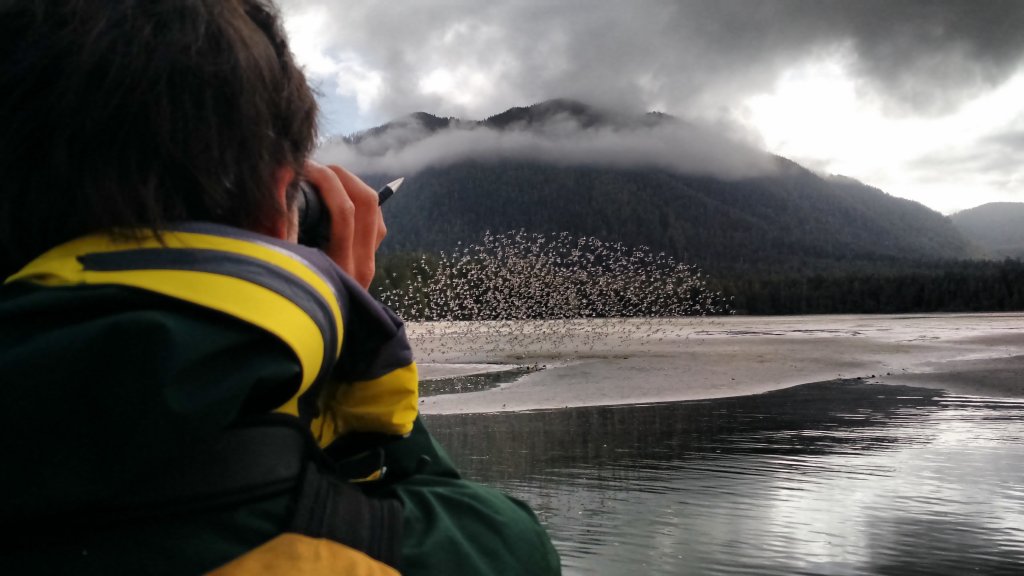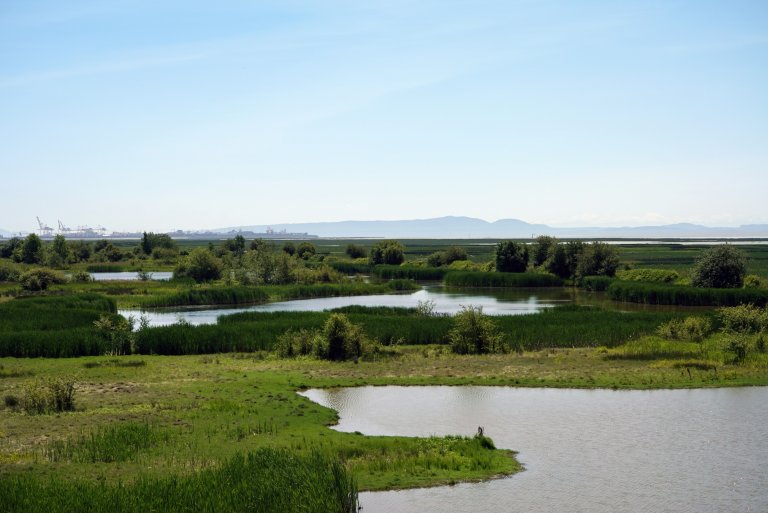As the BC Bird Trail expands throughout the province, we wanted to shine a light on the people on the ground in these communities. Learn more about the bird-watching experiences in these destinations through the eyes of the experienced locals with our BC Birders profile series.

Mark Maftei, avid birder, biologist, and Raincoast Education Society Executive Director.
Shorebird migration and water birds set the Tofino area apart. “We are on a major migratory flyway. During the spring migration, you can see up to 100 species in a day—up to 50 on an average day,” Mark shares. Birds you might spot include whimbrels, western sandpipers, dunlin, and semipalmated plovers. He recommends grabbing a coffee, leaving the dog at home, checking the tidal cycles (high tide is best for the mudflats), and observing birds over a few hours. Mark reminds the newbie birder, “You can only watch one bird at a time.” The western sandpipers fascinate Mark “physiologically, metabolically, and ecologically” as they double their weight in the 72 hours they spend there. In the Tofino area, morning is best for watching songbirds, like the Townsend’s warbler, orange-crowned warbler, and Steller’s jay.

Raised in Toronto surrounded by pets, Mark has always been an animal lover. He set out to become a botanist. However, on an Arctic expedition studying the grasses a large colony of geese was consuming, he found, “The geese were a lot more interesting than what they were eating.” Now a biologist who studies birds, Mark and the Raincoast Education Society host public events like the Tofino Shorebird Festival in late April.
“I like the seabirds—offshore is magical; it’s truly another world out there.”
Mark Maftei
You may spot seabirds like puffins, common murres, shearwaters, and murrelets offshore. His favourite? The black-footed albatross. “These are only on the BC coast, nowhere else in Canada.” These albatross return to their birthplace after 5-6 years and will take 4-6 years to find a mate. “Some live and breed into their mid-70s.” To best observe seabirds, you must be offshore quite far; whale-watching expeditions are a great option. If you don’t have access to a boat, Amphitrite Point in Ucluelet offers a great vantage point.

Mark uses a pair of Swarovski 8.5 x 42 binoculars and a Kowa scope with 20-60 times zoom, but maintains that any binoculars or scope is fine. He recommends the online database eBird as a resource. Great beaches and mudflats for birding? Wickaninnish and Combers Beach, “Hotel Zed has great access to mudflats.” The biggest challenge for birding and the local ecology is beach disturbance. So, please be mindful of the environment, leave no trace, and keep your dog on a leash.



